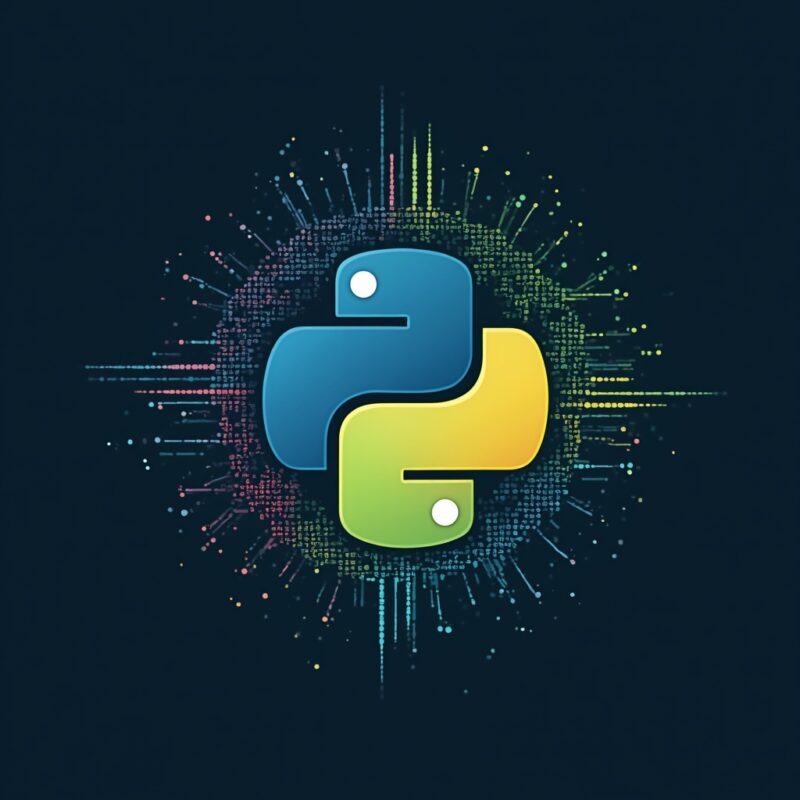AI Writing Generator: Create Polished Content Effortlessly

AI writing generators leverage natural language processing to help users create polished content with minimal effort. These tools can enhance your writing workflow by generating drafts, improving grammar, and adapting to your brand voice while maintaining a natural, human-like quality.
The Evolution of AI Writing: From Robotic to Remarkably Human
The first time I used an AI writing tool back in 2020, I literally laughed out loud. The content was so obviously machine-generated that it read like a corporate robot had consumed a dictionary and regurgitated the most formal-sounding words it could find. Fast forward to today, and I’m sometimes genuinely startled by how human-like these tools have become.
The AI writing landscape has transformed dramatically. What used to be clunky text generators pumping out awkward, stilted paragraphs have evolved into sophisticated writing assistants that can match specific brand voices, adapt to various tones, and produce content that flows naturally.
Let’s break down how these AI writing generators have become powerful allies for content creators, marketers, and really anyone who needs to put words on a page without staring at a blank screen for hours.
What Are AI Writing Generators?
AI writing generators are sophisticated software tools powered by artificial intelligence and natural language processing (NLP) technologies that can create human-like text based on provided prompts or instructions. Unlike basic spell-checkers or grammar tools of yesteryear, modern AI writers can generate entire documents, from blog posts to business letters, while maintaining coherent structure and natural flow.
These systems typically work by analyzing vast amounts of existing text data to understand language patterns, contextual relationships, and writing styles. The best ones don’t just regurgitate information—they craft it in a way that sounds authentic and engaging.
Core Features of Modern AI Writing Tools
- Content generation – Creating blog posts, articles, and marketing copy from scratch
- Style adaptation – Matching specific brand voices or writing styles
- Editing assistance – Polishing grammar, sentence structure, and word choice
- Ideation – Suggesting topics, outlines, and content structures
- Multilingual capabilities – Writing in various languages with native-like fluency
Why AI Writing Tools Have Become Essential
Remember teh days of staring at a blank document for 45 minutes before typing a single word? Or spending hours rewording the same paragraph because it just didn’t sound right? AI writing tools are changing that painful reality for millions of content creators.
For businesses, these tools address the ever-increasing demand for high-quality content across multiple channels. The digital landscape requires constant feeding—websites, social media, email newsletters, product descriptions—it never ends. AI writing generators help teams scale content production without sacrificing quality or breaking the bank.
The Productivity Factor
Time savings is perhaps the most compelling benefit. What might take a human writer several hours to draft can be generated in minutes, allowing professionals to focus on strategic tasks rather than getting bogged down in initial drafts.
According to recent studies, content teams using AI writing tools report productivity increases of 50-70% on average. That’s not just incremental improvement—it’s transformative efficiency.
Learn more in Script Prompt Generator: Craft Compelling Screenplays Fast.
How AI Writing Generators Actually Work
Behind the seemingly magical ability to produce coherent text lies some seriously impressive technology. Modern AI writing tools typically use large language models (LLMs) trained on billions of text examples from across the internet and published works.
These models learn patterns, structures, and relationships between words, allowing them to predict what text should come next given a particular context. The more advanced models can maintain consistency across paragraphs and understand nuanced instructions about tone, style, and purpose.
The Generation Process Simplified
- Input phase – You provide a prompt, outline, or instructions
- Processing – The AI analyzes your request and retrieves relevant patterns
- Generation – The system produces text that follows your specifications
- Refinement – Many tools allow for iterations and adjustments
The key difference between basic and advanced AI writers is their ability to understand context beyond just the immediate sentence. Premium tools can maintain narrative coherence throughout longer pieces and adapt to specific brand guidelines or writing styles.
Common Myths About AI Writing Tools
Despite their growing popularity, several misconceptions about AI writing generators persist. Let’s bust some of these myths:
Myth 1: AI-Generated Content Always Sounds Robotic
While early AI writers definitely produced mechanical-sounding text, today’s advanced tools have largely overcome this limitation. Modern AI can create warm, conversational content that’s virtually indistinguishable from human writing—especially when combined with human editing.
Myth 2: AI Writing Tools Will Replace Human Writers
The most successful implementation of AI writing isn’t about replacement but augmentation. These tools work best when paired with human creativity, judgment, and expertise. They handle the heavy lifting of initial drafts while humans provide strategic direction and final polishing.
Myth 3: All AI-Generated Content Is Identical
Each AI writing platform has its own “personality” and output style. Furthermore, the prompts and guidance you provide significantly impact the result. Two different users working with the same AI tool can produce markedly different content based on their inputs and preferences.
Real-World Applications: Who’s Using AI Writing Generators?
AI writing tools have found their way into virtually every industry that requires written communication. Here’s how different professionals are leveraging these technologies:
Marketing Teams
- Generating social media posts across multiple platforms
- Creating first drafts of blog articles targeting specific keywords
- Crafting email marketing campaigns and nurture sequences
- Developing product descriptions that highlight key benefits
Content Creators
From solo bloggers to content marketing agencies, creators use AI to overcome writer’s block and produce more content without sacrificing quality. Many find that starting with an AI-generated draft and then editing it to match their voice saves considerable time.
Business Professionals
- Crafting professional business correspondence
- Developing presentation content and speaking notes
- Creating internal documentation and reports
- Writing job descriptions and recruitment materials
Students and Academics
While there are legitimate ethical concerns about AI use in academic settings, many institutions are developing guidelines for appropriate use, such as brainstorming topics, organizing research, and improving clarity in explanations.
Choosing the Right AI Writing Tool
With dozens of options available, selecting the right AI writing generator can feel overwhelming. Here are the key factors to consider:
Specialization vs. Versatility
Some tools excel at specific content types (like Quillbot for paraphrasing or NovelCrafter for creative writing), while others like WordHero offer broader capabilities. Consider whether you need a specialized tool for one task or a versatile solution for various content types.
Learning Curve and Interface
The user experience varies significantly between platforms. Some prioritize simplicity with guided workflows, while others offer powerful but complex customization options. Your team’s technical comfort level should influence your choice.
Integration Capabilities
For seamless workflows, look for tools that integrate with your existing software ecosystem. Many AI writers now offer plugins for Microsoft Word, Google Docs, WordPress, and major CRM platforms.
Learn more in Script Prompt Generator: Craft Compelling Screenplays Fast.
The Future of AI Writing: What’s Next?
The AI writing landscape continues to evolve at a breathtaking pace. Here’s what we’re likely to see in the coming years:
Hyper-Personalization
Future AI writing tools will better understand and replicate individual writing styles, making it easier to maintain a consistent voice across all content—even when multiple team members are involved in its creation.
Multi-Modal Content Creation
We’re already seeing the emergence of tools that can generate both text and complementary visuals. This trend will accelerate, with AI helping create cohesive content packages rather than just written elements.
More Sophisticated Collaboration
The line between human and AI contributions will blur, with more seamless collaboration models emerging. Think of AI as an always-present writing partner that learns your preferences over time and anticipates your needs.
Finding the Balance: Human Creativity + AI Efficiency
The most successful implementations of AI writing tools don’t aim to remove humans from the equation. Instead, they create a symbiotic relationship where AI handles routine aspects of content creation while humans contribute their unique insights, emotional intelligence, and strategic thinking.
This partnership approach—where AI is viewed as an enhancer rather than a replacement—yields the best results. The technology handles the mechanical aspects of writing, freeing humans to focus on the elements machines still struggle with: genuine empathy, cultural nuance, and original thinking.
What’s Next? Getting Started With AI Writing Tools
If you’re intrigued by the possibilities of AI writing generators, the best approach is to start with a specific use case rather than trying to transform your entire content process overnight. Many platforms offer free trials or limited free tiers, making it easy to experiment without commitment.
Begin with a repetitive writing task that takes significant time but doesn’t require deep strategic thinking—product descriptions, meeting summaries, or social media posts are excellent candidates. As you gain comfort with the technology, you can gradually expand its role in your content creation process.
The future of writing isn’t either human OR artificial intelligence—it’s human AND artificial intelligence working together to create better content more efficiently than either could alone.












